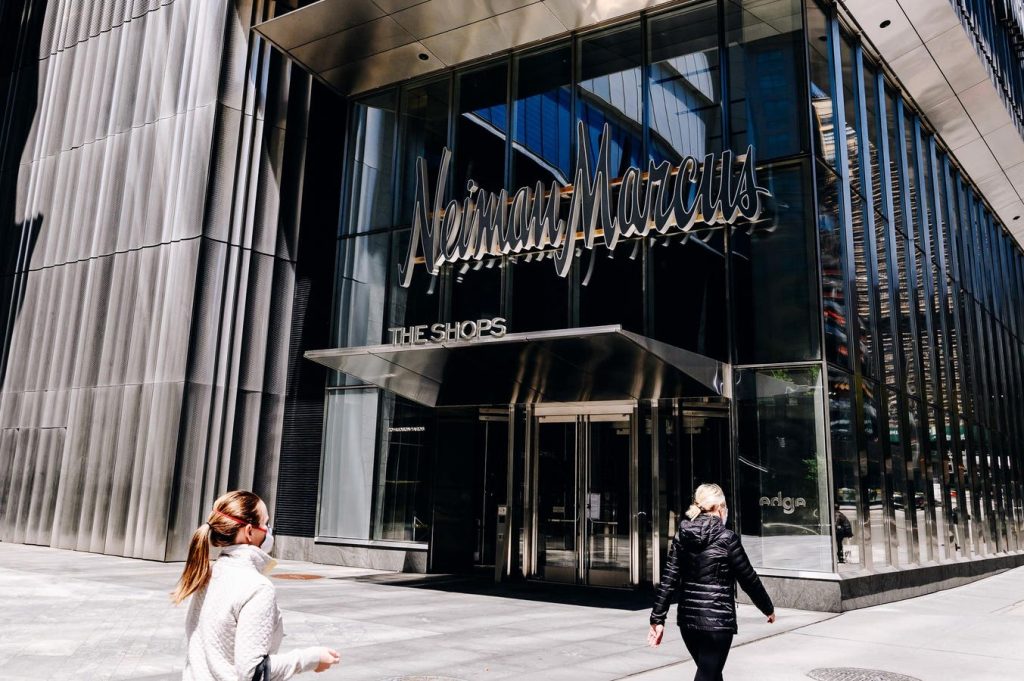The return of brick-and-mortar retail has been a headline recently, with the New York Times even declaring the comeback of malls. However, this narrative ignores the truth that physical retail never truly went away during the COVID crisis. Despite initial setbacks during the shutdowns in 2020, sales in brick-and-mortar locations quickly rebounded in 2021, surpassing 2019 levels. Data from EMarketer shows that physical store sales continued to grow in 2022, exceeding 2020 levels by more than 15%.
While some measures of store traffic had returned to pre-pandemic levels by the end of 2021, there remains a pattern of bifurcation in the retail industry. High-end malls are performing well, while lower-end centers are still struggling. Suburban locations are outpacing urban stores, and retailers with distinct value propositions are opening new stores and driving strong growth, while others in the middle are facing closings and bankruptcies.
It’s important to note that physical locations play a crucial role in facilitating the growth of online commerce, which continues to outpace store growth rates. Retailers like Walmart, Target, and Best Buy were already leveraging their stores to provide a hybrid shopping experience before the pandemic. They have increased their brick-and-mortar investments, while other competitors bought into the idea of a retail apocalypse and scaled back their efforts.
The death of physical retail has been greatly exaggerated, as seen by the continued success of retailers who prioritize a strong physical presence alongside their online operations. While physical retail is evolving and will continue to lose some market share to e-commerce, it remains a vital component of the shopping experience. Retailers who ignore this reality do so at their own risk, as the combination of physical and online retail is key to meeting customer needs and driving growth in the industry.













